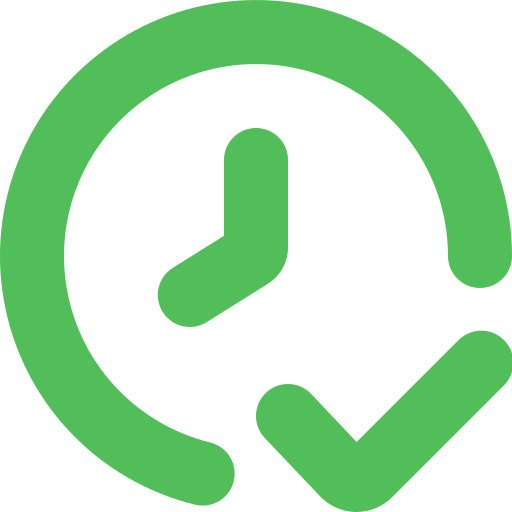Please describe your proposed solution.
Implement the ability to test Helios functions from within Helios scripts themselves. The CLI can then automatically detect any testing scripts in the workspace/repository, run them, and generate a test report.
An OOP unit-testing framework, which fits nicely into the current Helios language paradigm, will allow us to avoid introducing new syntax that is only intended for unit testing. The test-runner methods will support automatic fuzzy arguments of the functions being tested.
Finally, code-coverage stats will be collected from test runs by using the code mapping that is included in UPLC scripts generated by the Helios compiler.

